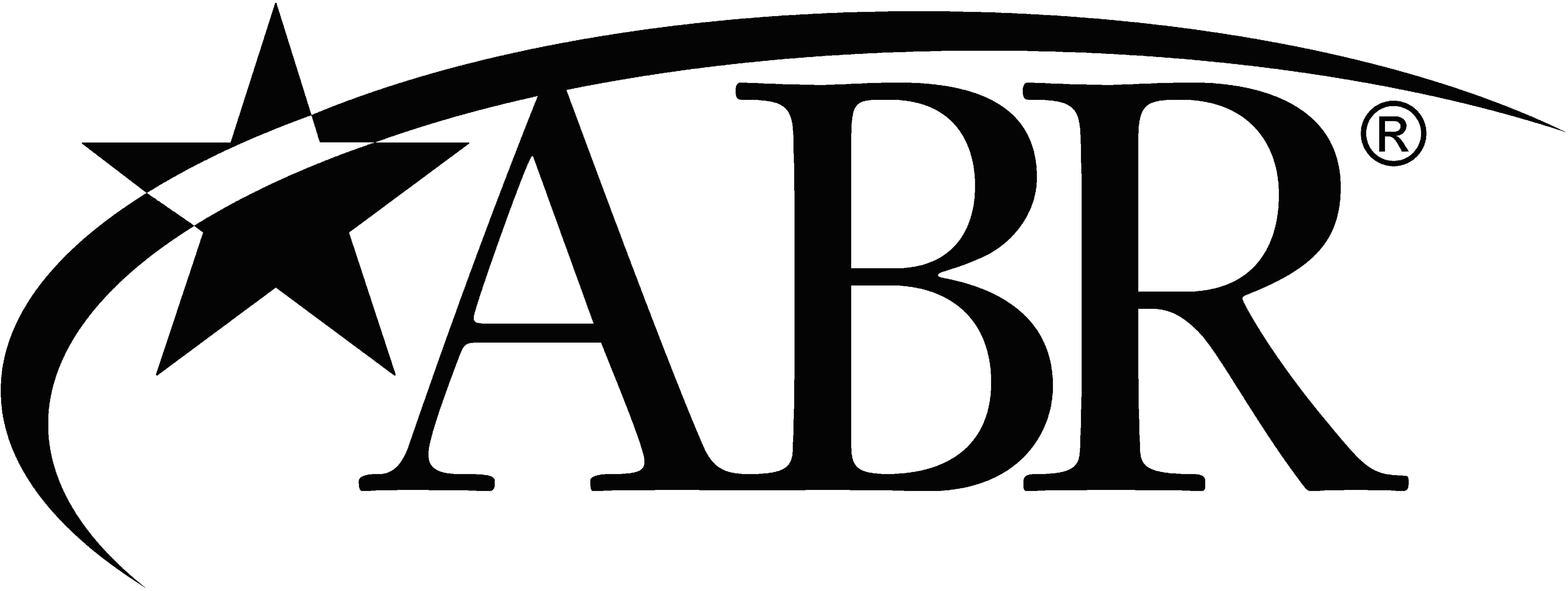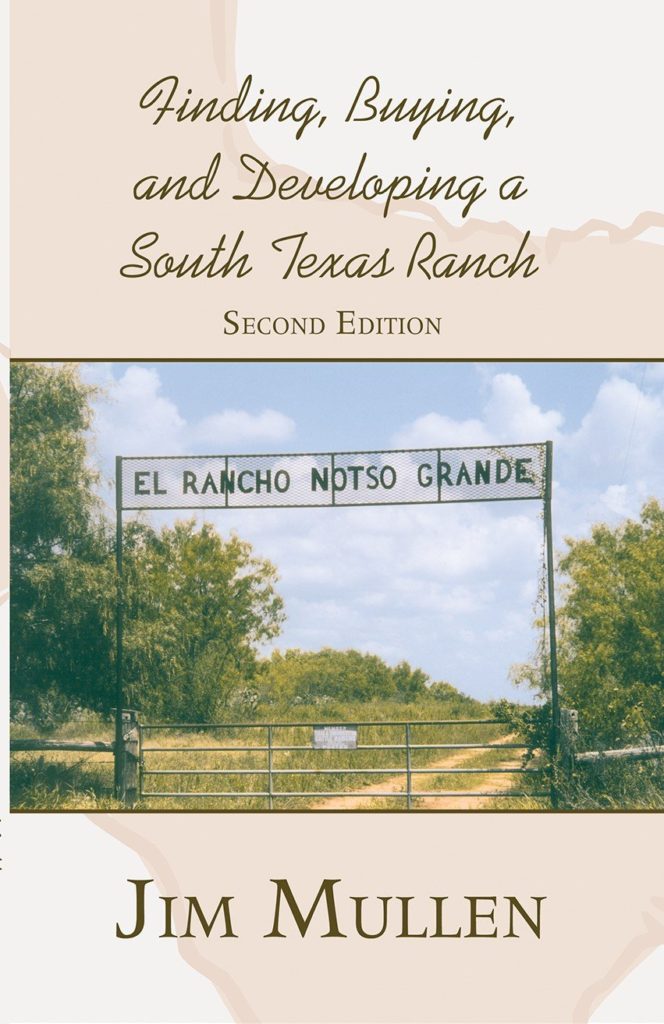A long time wildlife client asked me to do a spot check on his quail program recently lamenting he was not seeing many birds. His ranch holds many fond memories for me as I represented him when he bought it and when he added adjoining acreage. One added tract in particular was bought because of the soil. Some 800 acres of deep sand, composed of Duval very fine sandy loam and Dilley fine sandy loam is shown below in blue.

After buying the tract an assessment indicated that it had become overgrown with bufflegrass and regrowth mesquite. Portions had been placed in the CRP program, a set-aside federal program to protect easily erodible soils. This meant it was taken out of farming, planted in grass, and “set aside” with no grazing. In partnership with the NRCS a reclamation burn was conducted and resulted in some very hot fires.

With dramatic results.

Flash forward five years, and the burned areas have recovered well, too well in fact and needed some maintenance or the benefits of the burn would be lost. As you can see below, grass and woody regrowth has started to edge past the 50% weeds rule I set for good quail country. Sure, quail need grass for nesting, and need woody plants for cover/heat deflection, but too much of either and the overall utility of the pasture begins to degrade. Bobwhite quail are dependent on vegetative chaos to meet their needs and South Texas, left alone, will revert to grass then brush; grass too thick to travel in and brush too thick to hunt with no forbs for quail food.


At this point, remedial efforts to disturb the soil, reduce grass cover, and remove/retard woody regrowth must be made or the investment made thus far will be lost. The answer is a simple disking. As shown below, discing at the right time will inhibit grass growth and stimulate weeds (forbs). The key is timing.

In this location, discing for weeds should be done from Dec. thru March 15. After that, assuming as always “normal” rainfall, the weeds will be sprouted and discing will only plow them under. The landowner did not want the noise of the tractor to disturb deer hunting, so discing was prohibited until Feb. 1. The areas done then responded well with croton.

Unfortunately, because of the late start, and a failure to respect the calendar, later discing done in late March and April resulted in bare ground.

My recommendation to this client was to allow discing during the critical period, Dec.-Feb. perhaps mid day to reduce impact on deer (which is a proven fact), and/or try to get the discing mostly done prior to the rut. Deer will leave an area with tractor noise, but return within two weeks, and early discing, while not the best, would do less damage than late. I have often mixed native sunflower seed with oats in food plots planted in Sept.-Oct. and the sunflower comes on in December amidst the oats and works great that next Fall for both dove and quail.
Point of this post is to extol the benefits of discing with the caveat that it be done at the proper time. Discing is a great way to meet the nutritional and cover needs of Bobwhite quail, but can be a disaster if improperly executed.







Great article!!!!!